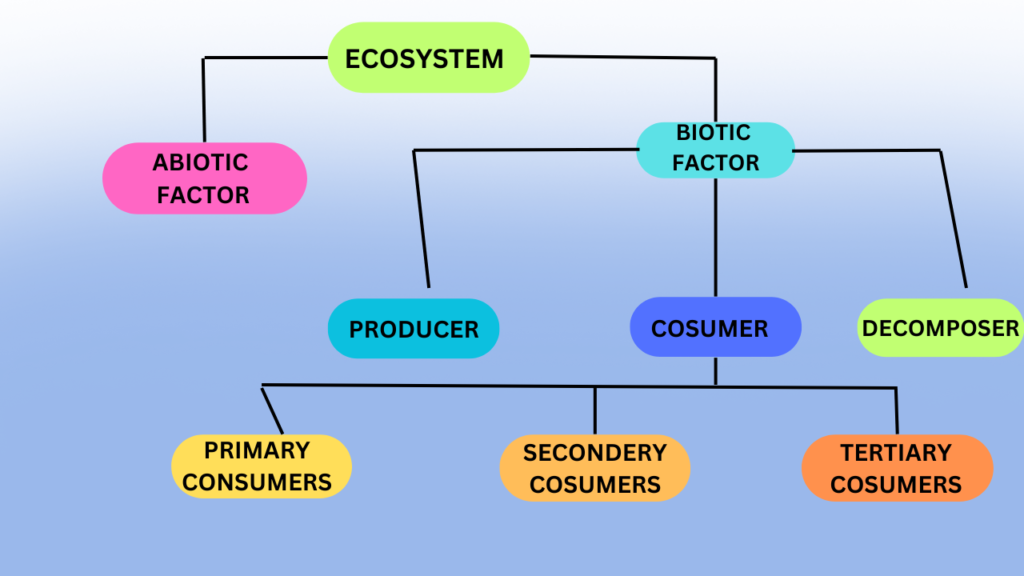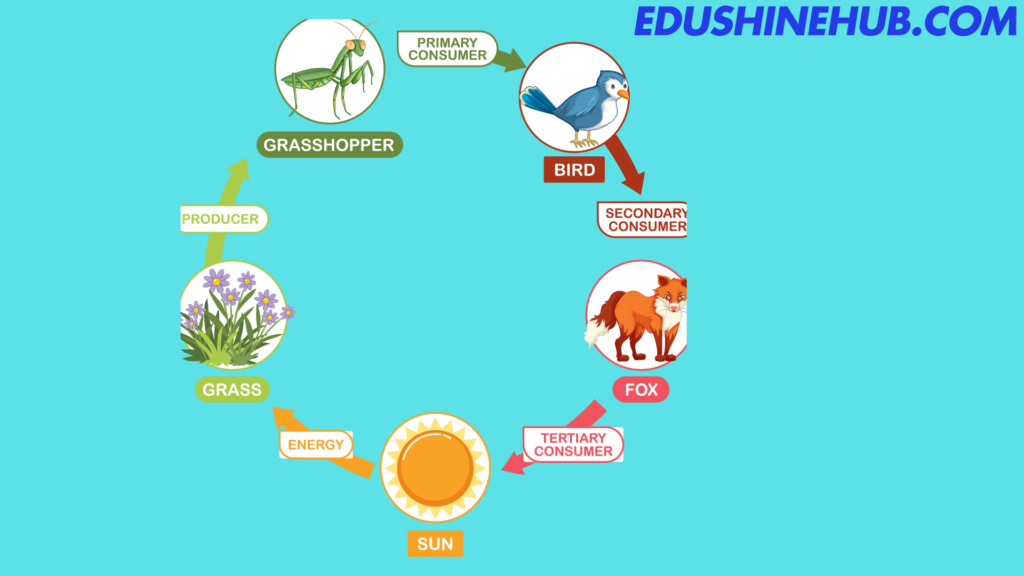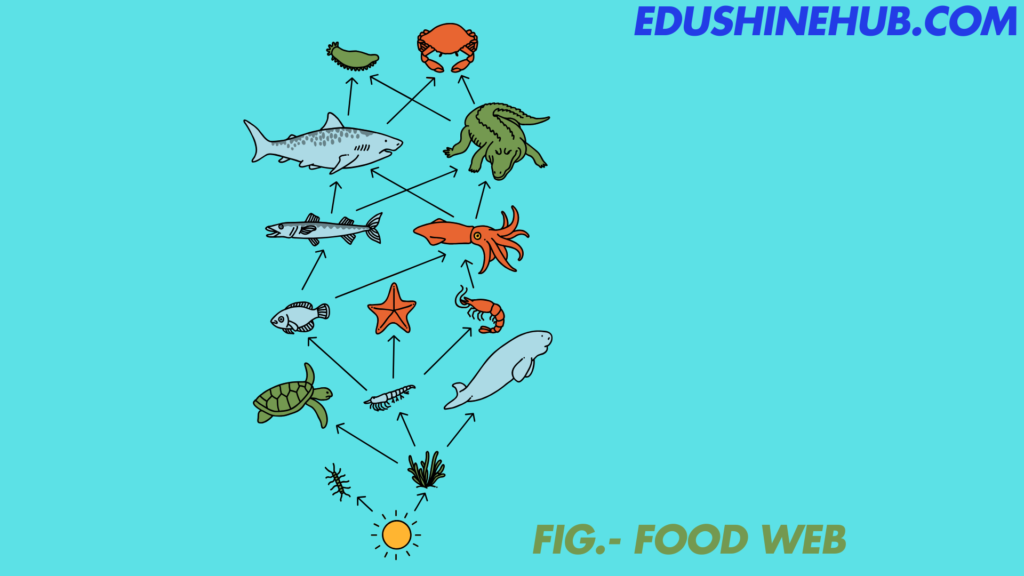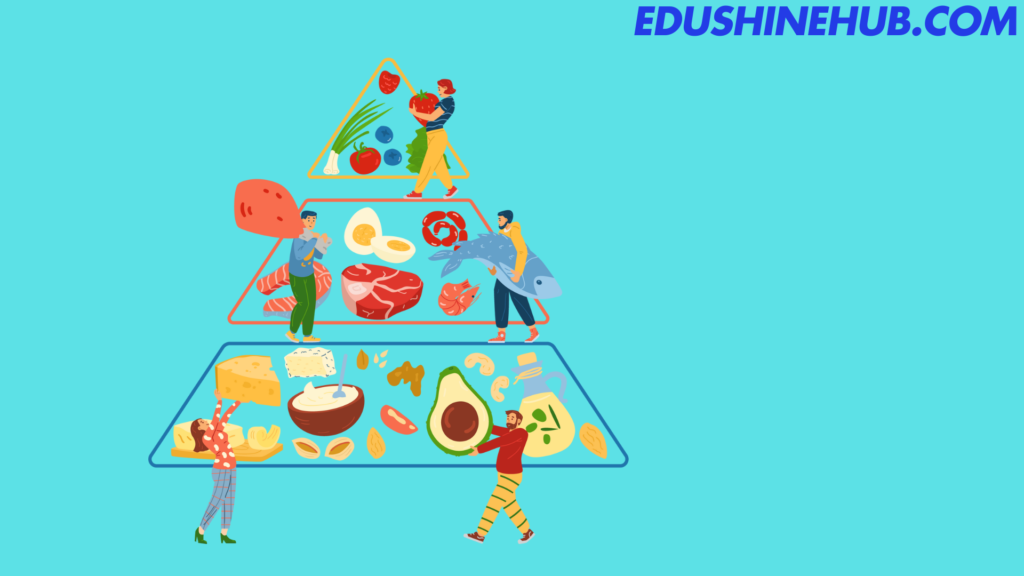our environment class 10:NCERT Solutions for Class 10 Science Chapter 13
NCERT Solutions for our environment class 10 Science Chapter 13 Our Environment benefit the students in understanding the concepts thoroughly. Students searching for NCERT solutions for class 10 science chapter 13 notes can refer to this article.

Introduction (our environment class 10)
Environment refers to the surrounding of an organism where it thrives. It constitutes both living and non-living things, i.e. physical, chemical and biotic factors. Here, in this chapter, we will learn about various components of the environment, their interactions and how our activities affect the environment.
ECO-SYSTEM — WHAT ARE ITS COMPONENTS?
All organisms such as plants, animals, microorganisms and human beings as well as the physical surroundings interact with each other and maintain a balance in nature. All the interacting organisms in an area together with the non-living constituents of the environment form an ecosystem. Thus, an ecosystem consists of biotic components comprising living organisms and abiotic components comprising physical factors like temperature, rainfall, wind, soil and minerals.
FOR QUESTION AND ANSWER OF our environment class 10 PLEASE CLICK THE GIVEN BUTTON.
Food Chains and Webs
Each step or level of the food chain forms a trophic level. The autotrophs or the producers are at the first trophic level. They fix up the solar energy and make it available for
heterotrophs or the consumers. The herbivores or the primary consumers come at the second, small carnivores or the secondary consumers at the third and larger carnivores or
the tertiary consumers form the fourth trophic level .

Food chain(our environment class 10)
Each step or level of the food chain forms a trophic level. The autotrophs or the producers are at the first trophic level.

Food WEb (our environment class 10)
The length and complexity of food chains vary greatly. Each organism is generally eaten by two or more other kinds of organisms which in turn are eaten by several other organisms. So instead of a straight line food chain, the relationship can be shown as a series of branching
lines called a food web.

HOW DO OUR ACTIVITIES AFFECT THE
ENVIRONMENT?(our environment class 10)
We are an integral part of the environment. Changes in the environment
affect us and our activities change the environment around us.
Ozon Layer get depleted:
Ozone (O3) is a molecule formed by three atoms of oxygen. While O2 which we normally refer to as oxygen, is essential for all aerobic forms oflife. Ozone, is a deadly poison.However, at the higher levels of theatmosphere, ozone performs an essential function. It shields the surface of the earth from ultraviolet (UV) radiation from the Sun.
This radiation is highly damaging to organisms, for example, it is known to cause skin cancer in human beings. Ozone at the higher levels of the atmosphere is a product of UV
radiation acting on oxygen (O2) molecule. The higher energy UV radiations split apart some moleculer oxygen (O2) into free oxygen (O)atoms. These atoms then combine with the molecular oxygen to form ozone as shown
O2 —————– O + O
O+ O2 ————— O3
The amount of ozone in the atmosphere began to drop sharply in the 1980s. This decrease has been linked to synthetic chemicals like chlorofluorocarbons (CFCs) which are used as refrigerants and in fire extinguishers. In 1987, the United Nations Environment Programme
(UNEP) succeeded in forging an agreement to freeze CFC production at 1986 levels. It is now mandatory for all the manufacturing companies to make CFC-free refrigerators throughout the world.

Improvement of our environment (our environment class 10)
Improvements in our life-style have resulted in greater amounts of
waste material generation. Changes in attitude also have a role to play,
with more and more things we use becoming disposable. Changes in
packaging have resulted in much of our waste becoming nonbiodegradable. What do you think will be the impact of these on our
environment?
THANK YOU


Thanks for another magnificent post. Where else could anyone get that type of information in such a perfect way of writing? I’ve a presentation next week, and I am on the look for such information.
thank you